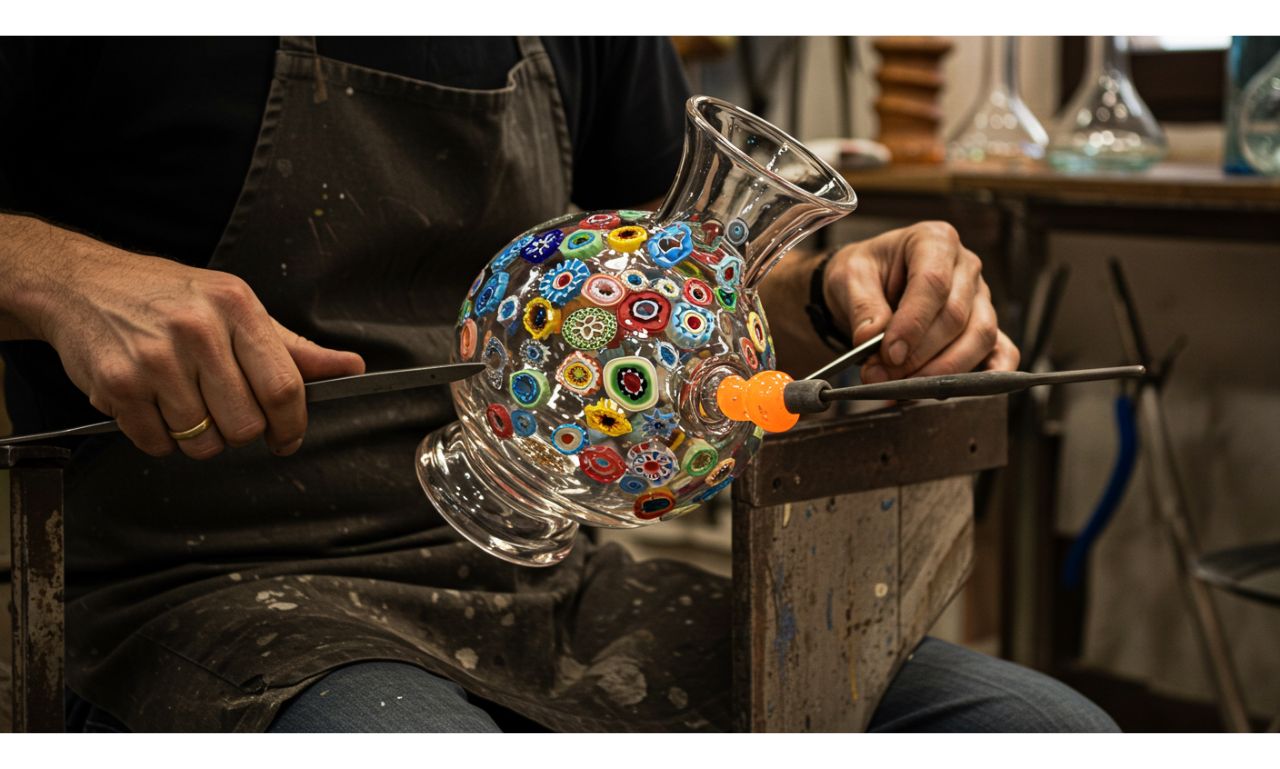Nomurano is a term that is increasingly drawing attention across different fields — from art and design to innovation and digital culture. While it might appear niche, Nomurano represents a growing trend of blending traditional craftsmanship with modern technological advancements. The term encapsulates a unique concept that merges heritage, creative experimentation, and innovation, resulting in powerful expressions of modern culture.
Whether you are a tech enthusiast, an art lover, or someone intrigued by cultural evolution, understanding the story of Nomurano opens up a realm of possibilities and inspiration.
The Origins of Nomurano
To truly appreciate the depth of Nomurano, we must first trace its etymological and cultural roots. While the word “Nomurano” doesn’t appear in mainstream dictionaries, it has been adopted in niche communities to describe a philosophy of creative fusion. It combines the names “Nomura” — possibly referring to innovative Japanese craftsmanship — and “Murano,” the famous Italian island known for its exquisite glass art.
This symbolic combination reflects the essence of Nomurano: the integration of precision, discipline, and centuries-old techniques with free-flowing artistry and modern innovation. It’s a meeting point of East and West, of analog and digital, and of past and future.
Nomurano in Art and Design
Artistic disciplines are where the Nom-urano concept thrives most vividly. In design studios and creative labs around the globe, designers inspired by Nomurano are blending handcrafted techniques with high-end digital tools like 3D printing, augmented reality (AR), and AI-generated designs.
Nomurano Aesthetic
The Nom-urano aesthetic often emphasizes balance — between minimalism and ornamentation, or between digital sleekness and organic textures. You might see furniture made using ancient woodworking joints but carved with precision CNC machines. Or fashion collections that are hand-dyed using centuries-old indigo techniques, but cut and stitched using modern robotics.
Such expressions capture the heart of Nomurano — where the old doesn’t fade into obscurity but rather evolves into something new and relevant.
Nomurano in Technology and Innovation
While the term might have artistic connotations, Nom-urano is increasingly being used in tech circles to describe projects or products that draw from traditional wisdom while embracing digital transformation.
Smart Craftsmanship
One prime example is the rise of smart craftsmanship — where artisans embed sensors, interactive lighting, or responsive materials into traditional objects. Imagine a Murano-style glass lamp that changes its color temperature based on ambient mood sensors. Or a wooden Japanese tea table that charges your devices wirelessly while maintaining its rustic charm.
Nom-urano projects like these are pioneering what some are calling “techno-craft,” a movement where technology enhances the story and soul of a product rather than replacing it.
Cultural Significance of Nomurano
Nom-urano is more than just an aesthetic or method; it’s a cultural stance. In an era where fast production and digital replication dominate, Nomurano encourages us to slow down and value the process. It champions the importance of storytelling, heritage, and emotional connection in a world increasingly ruled by convenience.
A Bridge Between Generations
In many communities, younger generations are reviving traditional practices under the Nom-urano umbrella. These younger creators use platforms like TikTok and YouTube to teach viewers about ancestral crafts while showing how these can be updated using modern tools.
By doing this, they bridge the generational gap, ensuring that valuable cultural knowledge is not only preserved but transformed and shared.
Case Studies of Nomurano in Branding
-
Eco-tech brands using handwoven fabrics integrated with solar technology.
-
Boutique distilleries that age spirits in traditionally carved barrels while tracking aging via blockchain.
-
Wearable tech companies collaborating with local artisans to make tech devices aesthetically personalized.
Nomurano and Sustainability
In many ways, Nom-urano aligns closely with the principles of sustainability. By focusing on longevity, handmade quality, and thoughtful integration of technology, the Nomurano movement naturally rejects throwaway culture. Each product is made with intention, meant to last, and tells a story worth preserving.
Challenges Facing the Nomurano Movement
Despite its many strengths, the Nom-urano philosophy isn’t without challenges. For one, scalability can be a major hurdle. Handcrafting and thoughtful integration often take time and resources, making mass production difficult.
The Future of Nomurano
The future of Nomurano looks promising. As the world increasingly values hybrid experiences and products that blend tradition with innovation, Nomurano will likely evolve from a niche concept into a mainstream design and business approach.
We might see Nom-urano education centers, collaborative hubs, and even virtual museums dedicated to celebrating this unique blend. With growing interest in slow design, ethical consumerism, and cross-cultural creativity, Nomurano could well be a defining philosophy of the next creative era.
Conclusion
In a world that often moves too fast, Nom-urano offers a refreshing, thoughtful alternative. It encourages us to appreciate both where we come from and where we’re going — to celebrate the beauty of old-world skills while embracing the tools of tomorrow. Whether in art, technology, business, or culture, Nomurano stands as a powerful reminder that innovation and tradition can not only coexist but enrich one another.

